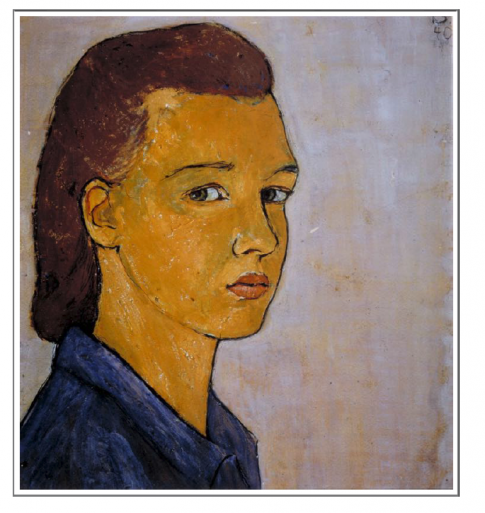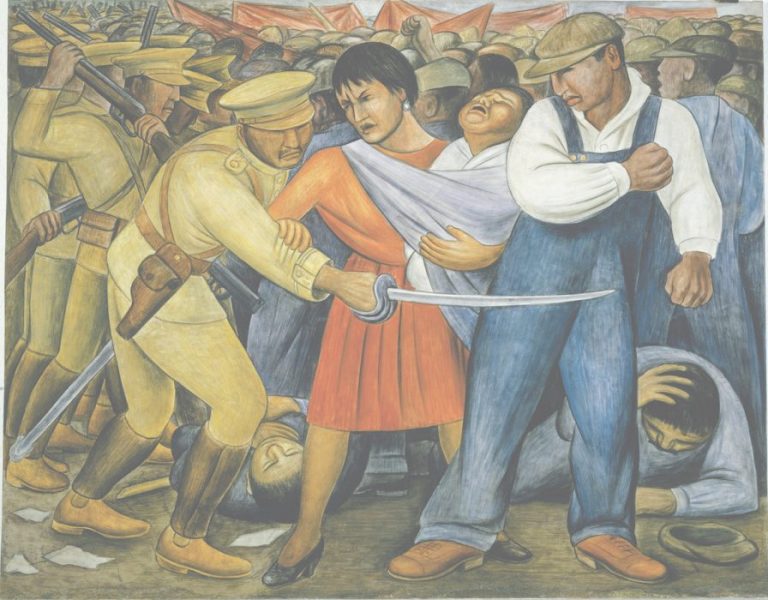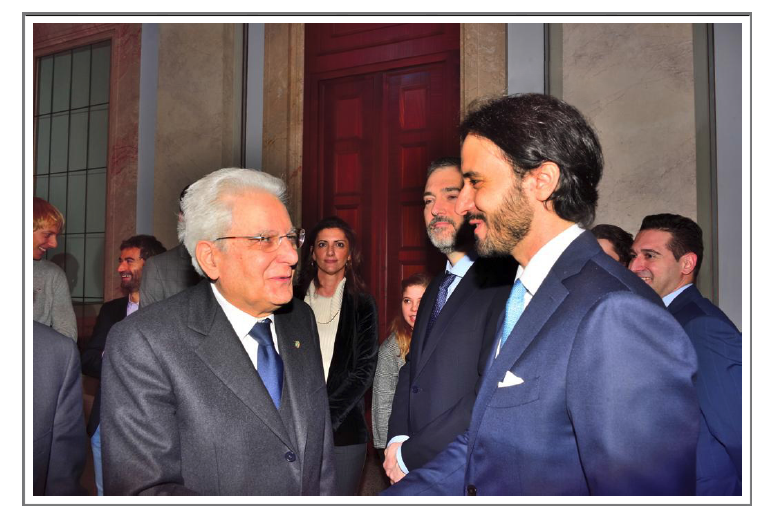By Asia Leonardi for the Carl Kruse Arts Blog Charlotte Salomon, a Berlin Jewish artist, was one of the most original and pioneering female painters of the 1900s. Her work “Life? or Theater? ” condenses her artistic career: some eight hundred compositions that trace her artistic life; an innovative style that we could compare to
Tag: Carl Kruse Art Blog
Activist Art – Art as Protest
by Rosie Lesso for the Carl Kruse Arts Blog Art and politics have a closely intertwined relationship going back millennia. But it is only in the past 100 years that artists have embraced art as a form of political protest, one that can educate, inspire or instigate change. Known as ‘activist art’ or ‘protest art,’
Andrea Liguori, a Wonderful Mind in Berlin
by Asia Leonardi for the Carl Kruse Arts Blog Into the urban traffic of Berlin so many people are walking, with them come ideas from all over the world, sometimes changing the surrounding environment. This is the case of Andrea Liguori, an architect from Palermo who has now lived in Berlin for many years. I


